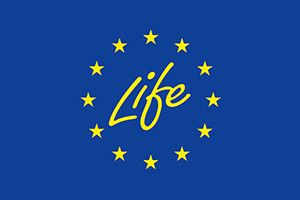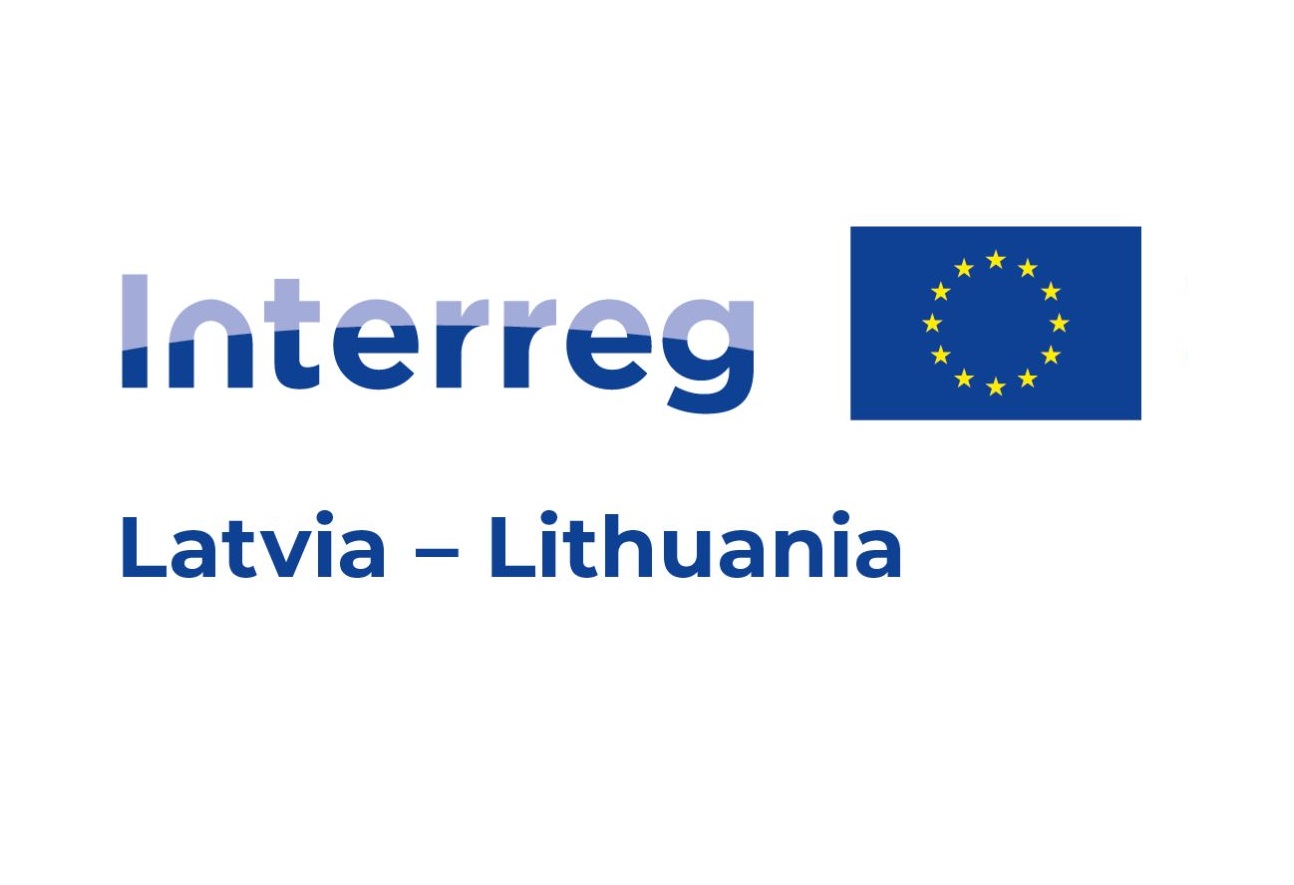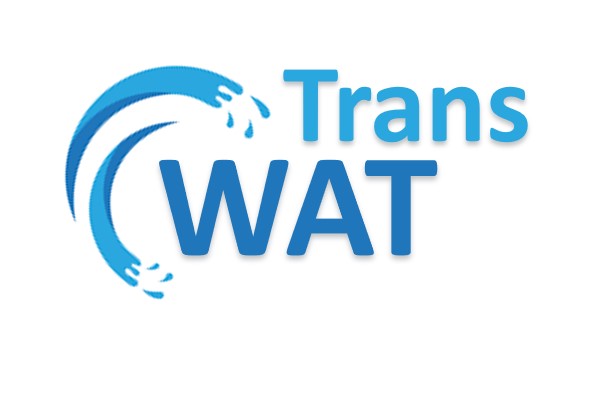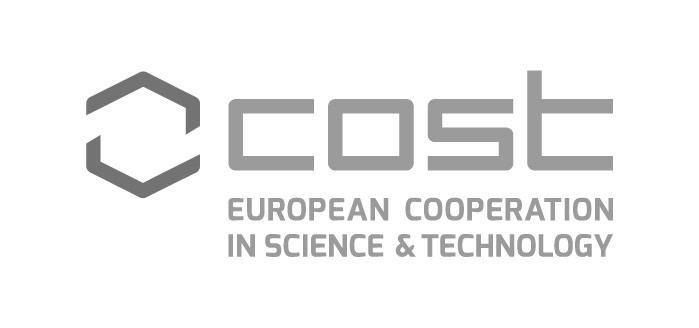Straipsnis
2025
Meilutytė-Lukauskienė D. [LEI], Sharifi A., Nazarenko S. [LEI], Akstinas V. [LEI], Haghighi A. T., Kobets Y., Kokorite I., Jurgelėnaitė A. [LEI], Hashemi H., Shahnazi S..
Connecting meteorological and hydrological drought in the Baltic Region
In:
Atmospheric Research. New York: Elsevier, 2025, Vol. 322, 108138, p. 1-14. ISSN 0169-8095.
2024
Meilutytė-Lukauskienė D. [LEI], Nazarenko S. [LEI], Kobets Y., Akstinas V. [LEI], Sharifi A., Haghighi A. T., Hashemi H., Kokorite I., Ozolina B..
Hydro-meteorological droughts across the Baltic Region: The role of the accumulation periods
In:
Science of The Total Environment. Amsterdam: Elsevier, 2024, Vol. 913, 169669, p. 1-21. ISSN 0048-9697.
Akstinas V. [LEI], Virbickas T., Meilutytė-Lukauskienė D. [LEI], Šarauskienė D. [LEI], Vezza P., Kriaučiūnienė J. [LEI], Rakauskas V., Steponėnas A., Jurgelėnaitė A. [LEI], Jakimavičius D. [LEI], Nazarenko S. [LEI].
Multicomponent assessment of the impact of hydropower cascade on fish metrics
In:
Science of the Total Environment. Amsterdam: Elsevier, 2024, Vol. 906, 167541, p. 1-10. ISSN 0048-9697, eISSN 1879-1026.
2023
2022
Akstinas V. [LEI], Kriščiūnas A., Šidlauskas A., Čalnerytė D., Meilutytė-Lukauskienė D. [LEI], Jakimavičius D. [LEI], Fyleris T., Nazarenko S. [LEI], Barauskas R..
Determination of River Hydromorphological Features in Low-Land Rivers from Aerial Imagery and Direct Measurements Using Machine Learning Algorithms
In:
Water. Basel: MDPI, 2022, Vol. 14, Iss. 24, 4114, p. 1-21. ISSN 2073-4441.
2021
Pranešimas konferencijoje
2023
Nazarenko S. [LEI].
Hydrological drought forecast for Lithuania according to standardised water level index
In:
CYSENI 2023: 19th International Conference of Young scientists on energy and natural sciences issues 23-26 May 2023, Kaunas, Lithuania. Kaunas: Lietuvos energetikos institutas, 2023, p. 76-76. ISSN 2783-6339.
2021
Nazarenko S. [LEI].
Selection of regional climate models for use in hydrological modeling of Lithuanian rivers
In:
The 17th International Conference of Young Scientists on Energy and Natural Sciences Issues (CYSENI 2021) Kaunas, Lithuania, May 24-28, 2021. Kaunas: Lietuvos energetikos institutas, 2021, p. 1231-1231. ISSN 1822-7554.
2020
Nazarenko S. [LEI].
Intermittent rivers in the Lithuania
In:
ECOLOGY.HUMAN.SOCIETY. XXІ International Science Conference Kyiv, Ukraine, May 21-22, 2020, HANDBOOK of the ХХI International Science Conference ECOLOGY. HUMAN. SOCIETY. 2020, UDC 504.453, p. 279-281..
Nazarenko S. [LEI].
Intermittent rivers in the Lithuania
In:
HANDBOOK of the ХХI International Science Conference ECOLOGY. HUMAN. SOCIETY (21-22 May, 2020 Кyiv, Ukraine). Kyiv: КИЇВСЬКИЙ ПОЛІТЕХНІЧНИЙ ІНСТИТУТ ім. Ігоря Сікорського , 2020, p. 279-281..
Nazarenko S. [LEI].
Lietuvos upių minimalaus nuotėkio kaita / Low flow changes in the Lithuanian rivers
In:
13-oji Jaunųjų mokslininkų konferencija BIOATEITIS: gamtos ir gyvybės mokslų perspektyvos (Pranešimų santraukos). Vilnius: Lietuvos mokslų akademija, 2020, p. 36-36. ISBN 978-9986-08-078-7.









